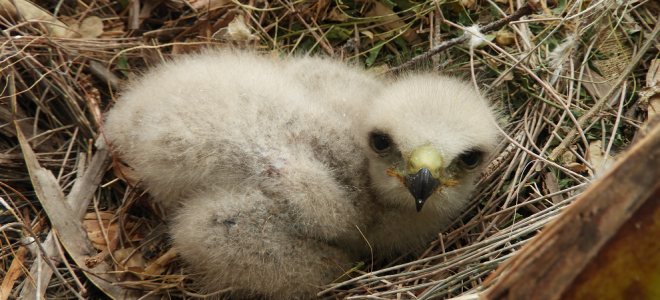In order to find conservation solutions, it is important to gather as much information as possible about the habitat needs, nesting behavior, and dietary requirements of the species in question. In the case of the Ridgway's Hawk, our population management includes fixing falling nests and treating nestlings to prevent parasitic nest fly infestations.
Our Impacts
Approximately 120 nests monitored per year; more than 100 young successfully fledge each year
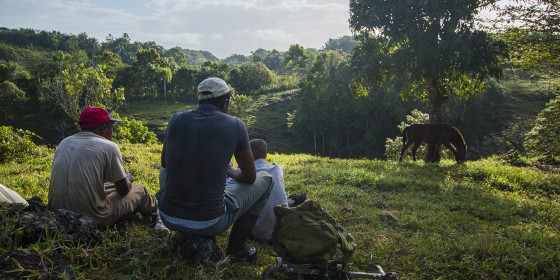
Nico Lormand
RIDGWAY'S HAWK IS CRITICALLY ENDANGERED
Our Solutions: Breeding Season
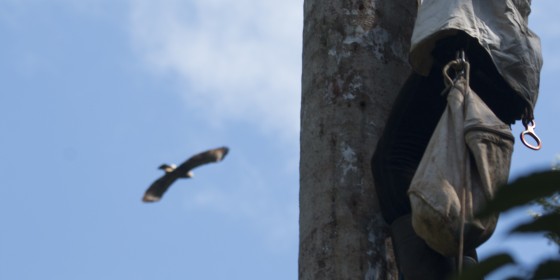
Nico Lormand
Our Solutions: Banding
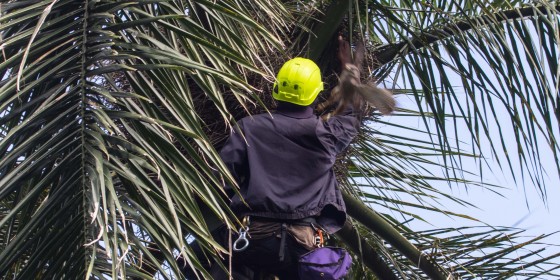
David Anderson
Our Solutions: Nest Protection
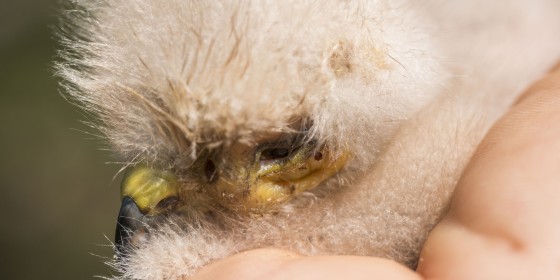
Nico Lormand
Our Solutions: Parasite Treatment
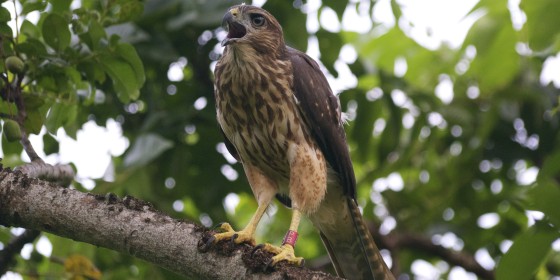
Carlos Cruz
